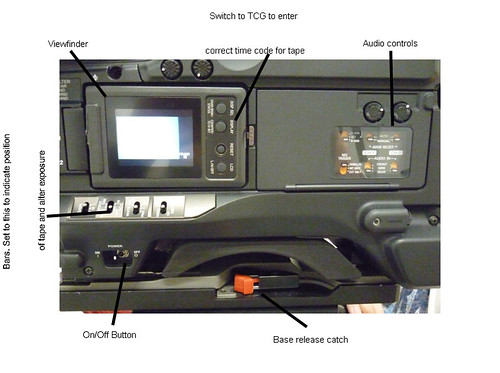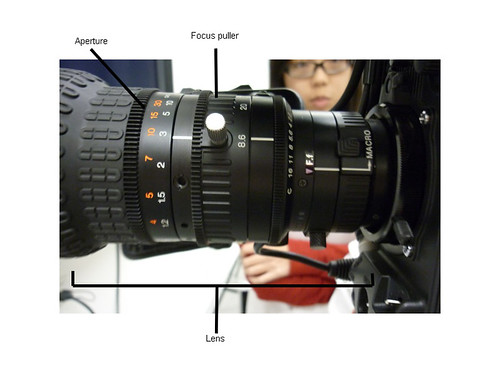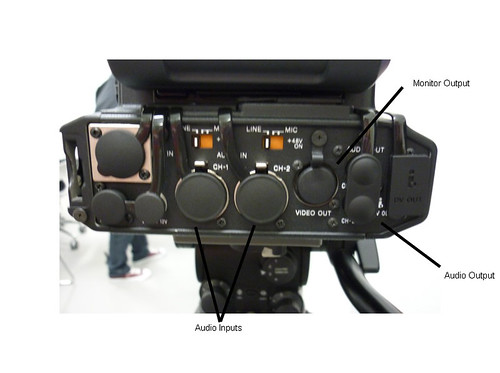The end of this working week saw a successful conclusion finally come about to the tiring problem we had been facing within our production group week after week. We finally decided that spending all our time looking for a location which yes, was integral to the story, instead of finding quality actors and developing our skills was too testing on our psyches and so it is with great sadness that we announce that we will no longer be producing Megan Kiantos' The Milkbar due to the following production constraints:
1. Unattainable location: We tried, and tried, and tried again but each time we approached a milkbar we thought would be suitable for the project, something else happened to stand in our way: the shop was open 7 days a week, the owner wasn't having a bar of it, or it was too small. The one location we did find which agreed to let us film only did so with the parameters that we were only allowed to film at the shop 2 hours a day from 8am till 10am for a week. As you can probably guess, Paul and Christine were not pleased with this and told us to keep looking but I had already discussed with Christine the day we had approached this particular shop again that if we hadn't found a location by the end of the day, then we would be moving onto the next script.
2. Actors/Characters: The age and description of our characters meant that we would have had a number of issues with finding suitable actors. In particular, we predicted that most of the actors would be too busy at the time of day we were thinking of filming or would be too old to get there on time meaning a clash in personal and professional lives for the two parties. Finally, after seeing everyone else in the class receive hundreds of applications in just 24 hours of their casting calls being sent out, we only received 2 over 3 days so we thought we probably weren't going to get much more.
3. Production schedule: The shop had dictated we would have to film from 8am till 10am from the 10th of May till the 16th of May, a week and a half from now. This was no way enough time for our production group who are still struggling with equipment, organizational practices and settling into eachothers roles. I thought we might be able to do it but I then realised it would have to be an extrememly experienced, professional production crew who would be able to pull something like that off. Particularly when we still didn't have any actors by that point.
In a way, I was a little bit glad when Paul stopped us from going ahead with the location we had found. When the shop owner finally agreed to let us film in the store, I had a funny gut feeling it just wasn't going to work out. And as it happens, it just wasn't going to. I'm really glad that we made the executive decision to move on to our new project instead of wasting our time trying to make our last one work. This in no way is a reflection on Megan's script - it is a brilliant story that I was really excited to tell but as it just happens, time and production constraints just meant it was just not a viable project. Onwards and upwards as they say!
1. Unattainable location: We tried, and tried, and tried again but each time we approached a milkbar we thought would be suitable for the project, something else happened to stand in our way: the shop was open 7 days a week, the owner wasn't having a bar of it, or it was too small. The one location we did find which agreed to let us film only did so with the parameters that we were only allowed to film at the shop 2 hours a day from 8am till 10am for a week. As you can probably guess, Paul and Christine were not pleased with this and told us to keep looking but I had already discussed with Christine the day we had approached this particular shop again that if we hadn't found a location by the end of the day, then we would be moving onto the next script.
2. Actors/Characters: The age and description of our characters meant that we would have had a number of issues with finding suitable actors. In particular, we predicted that most of the actors would be too busy at the time of day we were thinking of filming or would be too old to get there on time meaning a clash in personal and professional lives for the two parties. Finally, after seeing everyone else in the class receive hundreds of applications in just 24 hours of their casting calls being sent out, we only received 2 over 3 days so we thought we probably weren't going to get much more.
3. Production schedule: The shop had dictated we would have to film from 8am till 10am from the 10th of May till the 16th of May, a week and a half from now. This was no way enough time for our production group who are still struggling with equipment, organizational practices and settling into eachothers roles. I thought we might be able to do it but I then realised it would have to be an extrememly experienced, professional production crew who would be able to pull something like that off. Particularly when we still didn't have any actors by that point.
In a way, I was a little bit glad when Paul stopped us from going ahead with the location we had found. When the shop owner finally agreed to let us film in the store, I had a funny gut feeling it just wasn't going to work out. And as it happens, it just wasn't going to. I'm really glad that we made the executive decision to move on to our new project instead of wasting our time trying to make our last one work. This in no way is a reflection on Megan's script - it is a brilliant story that I was really excited to tell but as it just happens, time and production constraints just meant it was just not a viable project. Onwards and upwards as they say!



 I'm not normally a huge fan of bloody, gorey horror films but I think its the comical timing of Edgar Wright's films which get me giggling rather than the absurd, somewhat ludicrous, crass stories of pyscopathic killers in idyllic British countryside and zombies wandering London's streets.
I'm not normally a huge fan of bloody, gorey horror films but I think its the comical timing of Edgar Wright's films which get me giggling rather than the absurd, somewhat ludicrous, crass stories of pyscopathic killers in idyllic British countryside and zombies wandering London's streets. 



 Ever since I watched the little Australian short which went on to win big at the Academy Awards 6 years ago, I have been obsessed with Adam Elliot, the amazingly brilliant creator and visionary of some of Australia's best known animated films such as Harvey Krumpet (Oscar, 2004) and Mary and Max, his first feature film.
Ever since I watched the little Australian short which went on to win big at the Academy Awards 6 years ago, I have been obsessed with Adam Elliot, the amazingly brilliant creator and visionary of some of Australia's best known animated films such as Harvey Krumpet (Oscar, 2004) and Mary and Max, his first feature film.  I've worked on various sets before - features, telemovies, adverts and shorts - but never really used that opportunity to ask the director's what it was exactly that they did. From where I was standing, they sat in front of a tiny screen watching the scene unfold and then had some whispered conversations with the art director or actor about a certain detail they want changed. My role on most of these sets was either Addtional Assistant Director or 3rd AD which basically meant I was in charge of making sure little things ran smoothly like there were no cars passing through the shot when we were rolling or making sure I knew where the actors were at all time.
I've worked on various sets before - features, telemovies, adverts and shorts - but never really used that opportunity to ask the director's what it was exactly that they did. From where I was standing, they sat in front of a tiny screen watching the scene unfold and then had some whispered conversations with the art director or actor about a certain detail they want changed. My role on most of these sets was either Addtional Assistant Director or 3rd AD which basically meant I was in charge of making sure little things ran smoothly like there were no cars passing through the shot when we were rolling or making sure I knew where the actors were at all time.

